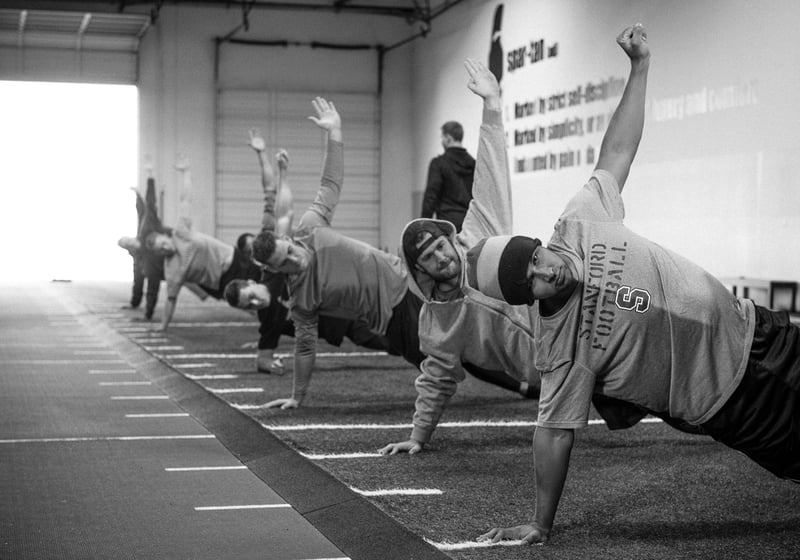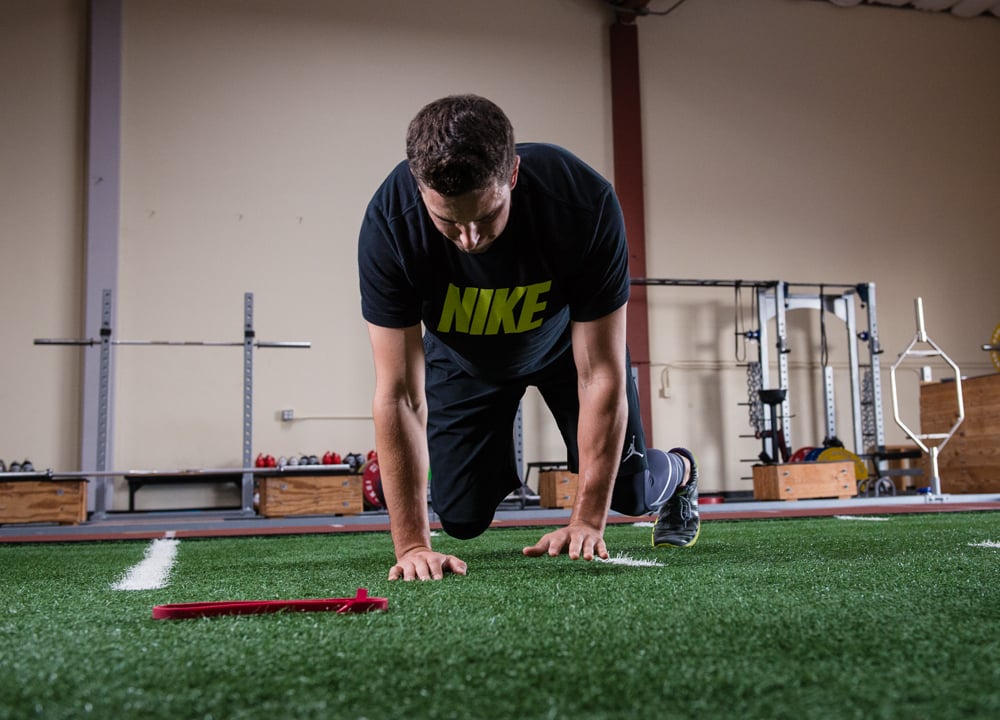
A lot of coaches hate the term “core strength” because it has become such a cliche. At Sparta, we often cringe at the word because of its association with gentle movements. The sports world becomes more enamored with these concepts and exercises that unfortunately have limited effect on the Movement Signature when compared to movement that involve serious loads and velocities.
The core goes far beyond just the abdominal muscles that you see in the mirror. The core really includes all of the structures that make up the torso; the spine, pelvis, rib cage and all the soft tissue that attaches them. But it is the integration of the hips, torso, and shoulders that defines core strength. Athletes must be able maintain position through these integrated structures in order to move efficiently. So, lesson number one is that the core really encompasses everything except the extremities (head, arms, and legs).

Now that we have a better understanding of where the core is, we can also start to understand what the core does. To combat the common misconceptions, we must convey that core strength is much different than just the ability to flex, extend, bend, and rotate the spine. The real goal of core strength is to maintain posture of the hips, spine, and rib cage as the foundation for efficient movement of the extremities.
Rarely are the muscles of the core responsible for creating dynamic movement, but they are key for maintaining proper alignment which allows for the transfer of forces through the torso. So, lesson number two is that core strength is really the ability to maintain position of the hips, spine and ribcage in order to efficiently transfer forces.
By understanding the location and function of the core, we are able to address the real problem that most coaches have with “core” which is the misguided approach that most athletes take to training the abdominal muscles that they can see in the mirror. Real core training is about challenging the body’s ability to maintain position of the core (pelvis, spine, and rib cage) while transferring forces in various directions. Given this definition, every movement that an athlete does is core training because forces that are created into the ground must be transferred through the body. As a result, the goal of our core exercises is not to train specific muscles, but to educate our athletes on the principles of core strength that will carry over into their Sparta Signature. So, lesson number three is that we choose core exercises based on their ability to help educate athlete on the principles of core strength.
The Front Bringe – Alternating is one of the core exercises that we use to help athletes understand core strength. This exercise is great because it stresses core integrity in several directions and it provides an opportunity to coach positioning at all three major components of the core (pelvis, spine, and shoulders).
Start with hands directly under the collar bone, and feet about shoulder width
Engage the quads, glutes, and abs in order to set a neutral spine position
Prevent rotation of the hips and collapse of the back and shoulder as you reach one arm out in front
Given the widespread misunderstanding of core strength and the prevalence of ineffective ab exercises, it is understandable why many coaches have given up on the term “core”. However, if you use your training session as an opportunity to educate your athletes, you can transform the meaning of the word into something that will affect their performance and the way they move for the rest of their lives.